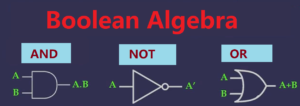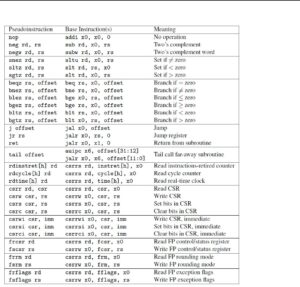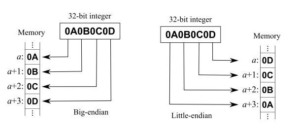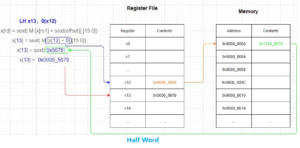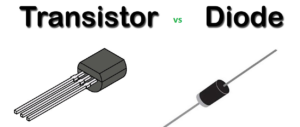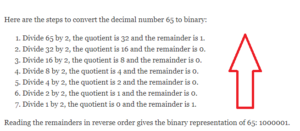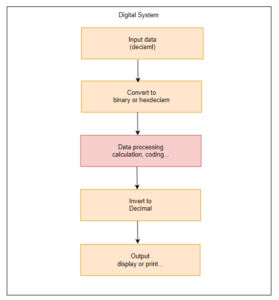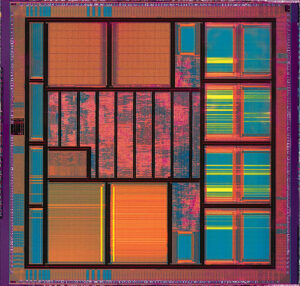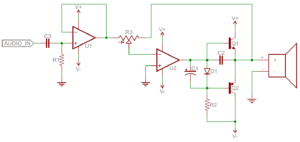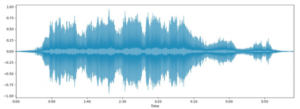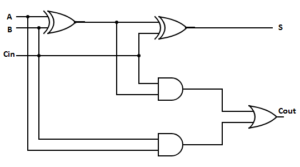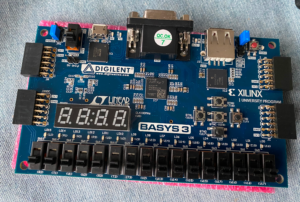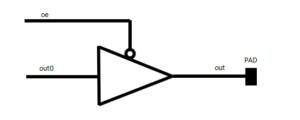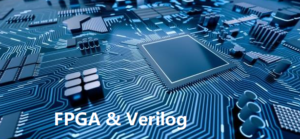In the previous chapter on binary arithmetic, we discussed logical operations such as AND, OR, and NOT. However, when describing things, relying solely on data…
RISC-V Pseudo-Instruction Lookup Table Assembler Pseudo-instructions The assembler implements a number of convenience psuedo-instructions that are formed from instructions in the base ISA, but have…
This article will start with the I-Type integer register instructions and provide a detailed introduction to each assembly instruction and its specific implementation. 1. I-type…
1. RISC-V Instruction Address Alignment For load/store instructions, the address of the data in memory should be aligned. If accessing 32-bit data, the memory address…
1. Load Store Instructions RV32I is a load-store architecture. Only load and store instructions can access memory and peripherals (registers inside the CPU can only…
1.Control Transfer Instruction In RV32I, control transfer instructions are mainly divided into two categories: unconditional jump and conditional jump. 2. Unconditional Jump Instructions Unconditional…
Digital circuits are electronic circuits that operate on digital signals or binary inputs (0 and 1) and produce binary outputs. These circuits are the foundation…
Binary encoding is a numerical encoding method consisting of two digits, 0 and 1. It is widely used in computer science and electronic engineering because…
We have explained binary and decimal. How to Convert Hexadecimal to Binary How to Convert Binary to Hexadecimal? How to Convert Binary to Decimal How…
The study of digital circuits has driven the rapid development of digital devices. Digital devices can be classified by scale according to their different purposes…
The research content of digital circuits is completely different from that of analog circuits. In digital circuit systems, signals are already digitized, so research in…
By processing signals through analog or digital circuits, useful information for industry, agriculture, and information exchange can be extracted and transformed to effectively serve humanity.…
1.Analog Signals and Digital Signals Analog signals: Signals that are continuous in time and value are called analog signals, as shown in Figure 1: Figure…
This section will introduce the basics of digital circuits. Digital circuits are electronic circuits that use digital signals. In recent years, the vast majority of…
1.What is an FPGA ? An FPGA, or Field-Programmable Gate Array, is a type of integrated circuit that can be configured to perform specific digital…
FPGA (Field Programmable Gate Array) is a programmable digital logic device with wide applications such as digital signal processing, image processing, communication, and networking. FPGA…
Verilog is a hardware description language that is commonly used in the design of digital circuits. When working with Verilog code, it is important to…
The register-register instruction format can directly operate on the data in registers without involving memory read or write operations, making it faster. R-Type instructions are…
The two U-type instructions introduced here operate on the program counter (PC) rather than the general-purpose registers (x0-x31), and are represented by the AUIPC opcode.…
Chapter 1 introduces the concepts and knowledge of digital circuit fundamentals, including digital signals, classification and basic principles of digital circuits, logic gate circuits, number…
